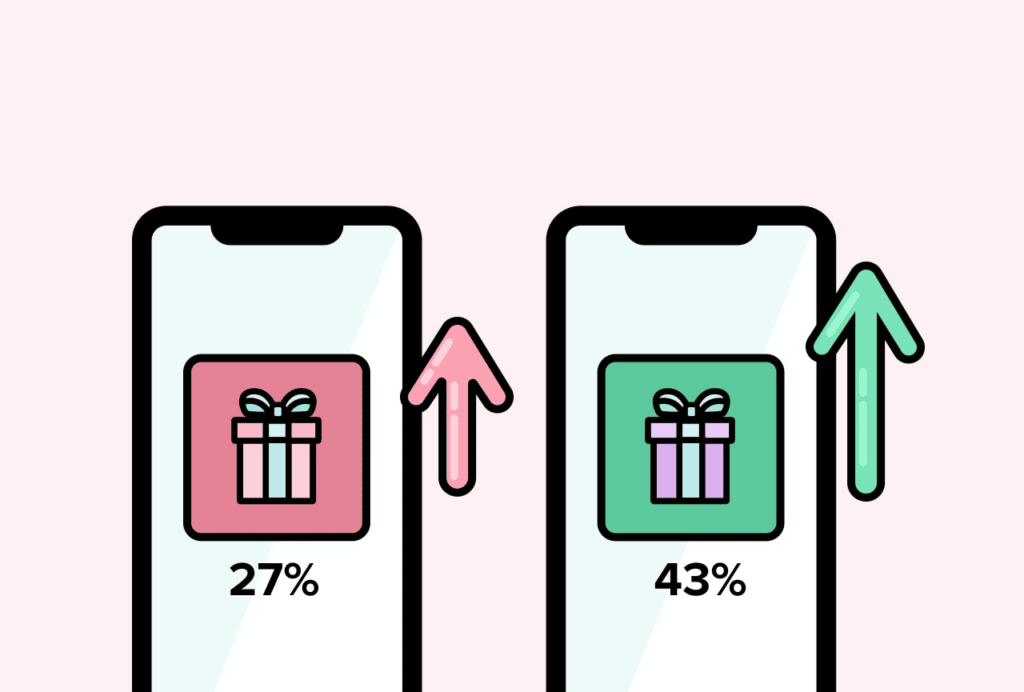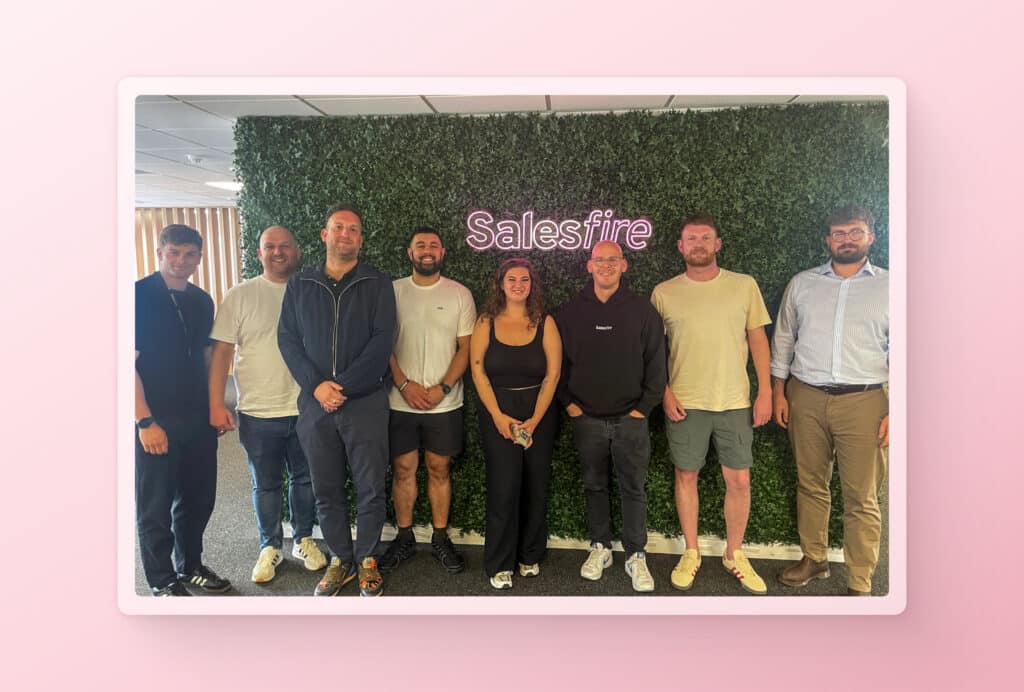Why A/B Testing is Important in CRO Campaigns
By Laura Taylor • Last updated: Friday Apr 26th, 2024

Conversion rate optimisation campaigns require testing and tweaking to find the assets that convert the most visitors into customers.
With so many variations of copy, colours and CTAs to choose from, it can be a challenge to settle on a final design. How do you know what shoppers will respond to best?
This is where A/B testing comes in. Split testing your campaigns is a key way to optimise your results and make sure you’re running conversion rate campaigns at their best.
A/B testing compares the effectiveness of two variations of the same campaign to discover which achieves the most conversions.
Here we define A/B testing, consider the elements you can test and look at the benefits of split testing.
What is A/B testing?
You want every element of your campaigns and website to be working as hard as possible to convert more visitors. But how do you work out which variant works best?
This is where A/B testing comes in. A/B testing involves testing different words, offers, discounts, designs and colours to see which gets the highest CTR or the most conversions.
You can do this by showing two variants of the same Overlay to different shoppers at the same time, allowing you to compare which is the most effective at driving conversions or achieving a higher CTR.
Testing different elements of your campaigns against each other with the same quality and amount of traffic allows you to discover your top performing campaigns from customers’ responses to different variations.
What are the benefits of A/B testing?
1. Derive data-driven results
Take the guesswork out of conversion rate campaigns and gather statistics on what works and what doesn’t. With systematic testing you can gather the data needed to make informed decisions that will enhance your conversions.
2. Drive down your cart abandonment rate
If you’re struggling with a high basket abandonment rate, A/B testing can help you determine which elements of your campaigns are not performing at an optimal level. A lot of customers may be facing the same problem when it comes to completing checkout, resulting in leaks in your sales funnel. Testing variations of your exit intent campaigns to find the optimum combination of elements will ensure you capture shoppers’ attention and drive down your cart abandonment rate.
3. Run conversion rate campaigns to their maximum potential
Making small tweaks and testing variations of individual elements enables you to determine the optimum combination that will come together to create a high-performing conversion rate campaign. Backed by statistics and data, you can build the best user journey for your target audience.
4. Focus on existing traffic
It costs five times more to attract a new customer than to retain an existing one. A/B testing your campaign components means you can concentrate on converting the traffic already on your site. This will ultimately drive down acquisition costs and make sure you’re getting the most out of your existing site traffic, increasing eCommerce conversions without increasing your marketing budget.
What you can test
Most elements in a conversion rate campaign can be tested – the trick is not to test them all at once. Here’s a few ideas of the types of content you can test:
• Copy: Confusing copy gets in the way of delivering the messages you want your customers to know. Try different phrasing and copy lengths to understand what resonates with your audience.
• CTA: If your CTA is hard to find or unclear, your shoppers won’t know what to do next. Test different positions, colours and copy to see which combination prompts the most clicks.
• Colours: Your choice of colours can make or break a conversion campaign. You want to attract a shopper’s attention, but not overwhelm them. Choose different combinations and test them out.
• Imagery: Images that are high quality, interesting and product focused will capture a shopper’s attention and return results for your business. Not all users respond the same to certain images, trying out a selection will allow you to determine which your audience most relate to.
A simple guide to A/B testing
To decide which of your campaigns to tackle first, take a look at your stats to see which is suffering from a low CTR, conversion rate or interaction levels. This would suggest that improvements could be made to solve your customers’ pain points.
From this research, you can decide on a hypothesis to evaluate through A/B testing. This will likely involve choosing one of the above elements to test in an attempt to improve the performance of your conversion rate optimisation tool.
Once you have run your A/B test for a sufficient amount of time, you can analyse the data and discover if there is a clear winner. If a variant has a significantly higher conversion rate or CTR, you can implement this to improve your site’s performance. If there is not a clear winner after the test, try a second A/B test with a different tact altogether.
Tips for running A/B tests
• Run your tests for a good amount of time to ensure you get enough data and give both variants a chance to perform.
• Make only minor adjustments each time you conduct a test. Small changes can have a big impact, so look at each element of your campaign and make it the best it can be.
• Don’t test too many elements at the same time. A/B tests work best when only one element is changed and campaigns can be compared based on this change alone. Don’t complicate the matter.
A/B testing ensures your campaigns are performing at their optimal level.
Understanding the features your audience will respond best to will increase eCommerce conversions. When you make any changes to your website, including your Overlay design and messaging, using an A/B test proves with certainty if the changes have positively impacted your conversion rate.
See how Salesfire can help you optimise your product discovery experience, email one of our experts at [email protected] or book a free demo of our personalisation tools.



